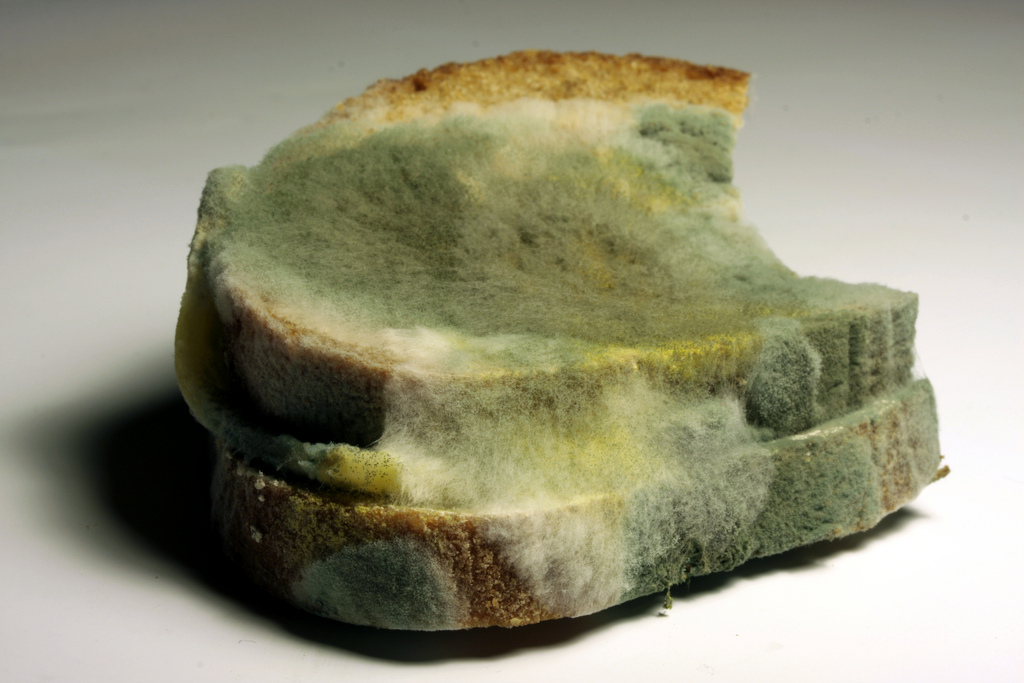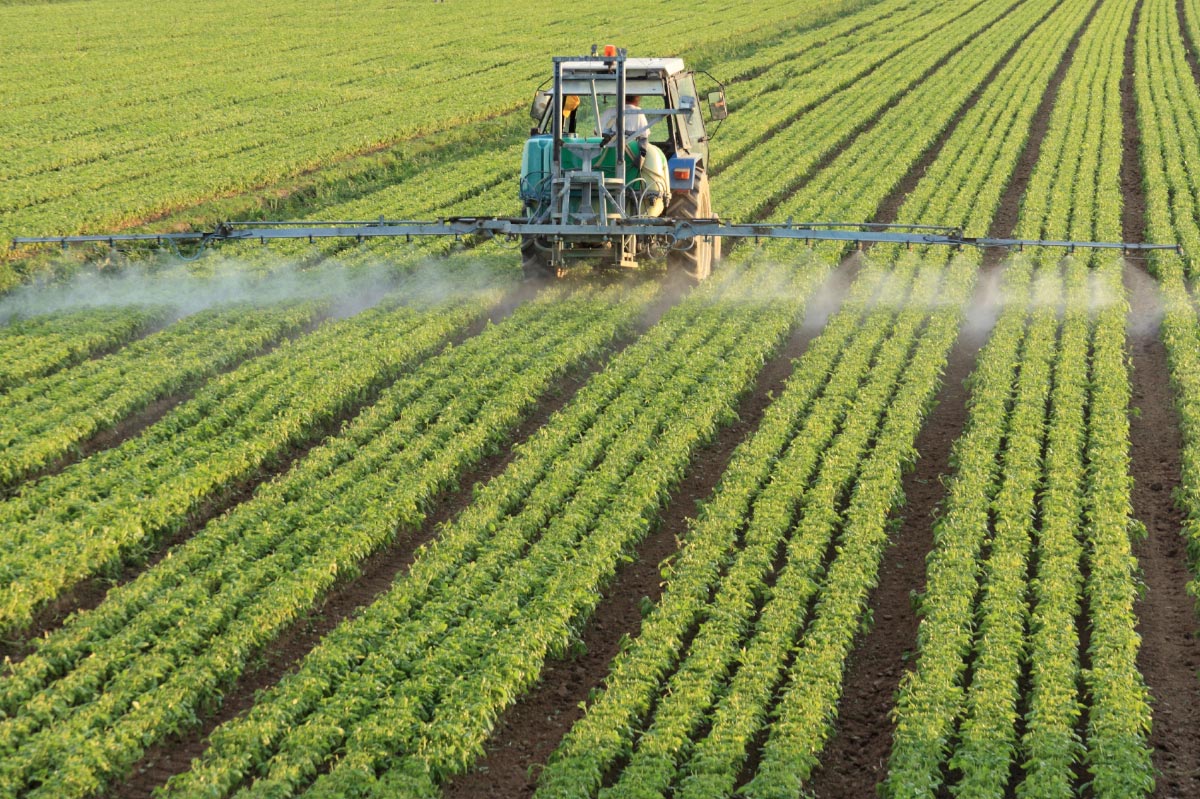
The man who died was hospitalized for several weeks prior to his death. The patient had been on ventilator, but eventually fell into a coma. The California Department of Public Health noted that health officials removed four batches of the nacho cheese sauce from the gas station, which tested positive for the botulinum toxin. The department noted that there is no continuing risk of botulism outbreak.
The disease is caused by a toxin produced by the Clostridium botulinum bacteria. Experts note that the toxin is one of the most lethal substances known to date. The toxin is known to attack the nervous system, which in turn results in slurred speech, breathing difficulty, blurred vision, and paralysis. Botulism is found to be fatal in about three to five percent of cases despite being addressed with antitoxin treatments.
"Botulism is the illness associated with eating a toxin called botulinum toxin. It is one of scariest foodborne illnesses that we have... They [people] are essentially paralyzed, as the toxin surrounds those nerves and blocks those messages. People can recover only as the toxin gets scrubbed from their body, which is a long, horrible process. Some people never recover from it. I've seen cases of people, years later, still walking with a cane [and] having problems with speech," health expert Benjamin Chapman said in LiveScience.com. Chapman currently serves an Associate Professor and food safety specialist at North Carolina State University.
Experts noted that the bacterium that triggers botulism thrives only in oxygen-free environment, making canned food an ideal breeding ground. According to the World Health Organization (WHO), some of the most common sources of botulism include home-canned foods and preserved vegetables. Fermented, smoked and salted fish and meat products were also known sources of the disease. However, the toxin can also be found in retail products. The Centers for Disease Control and Prevention (CDC) recommend the following to prevent botulism in canned foods:
- Consume the food within a year after canning.
- Avoid using swollen or cracked cans. Cans that squirt liquid or foam upon opening should also be avoided.
- Store the canned goods at 50 to 70 degrees Fahrenheit before opening.
- Boil low-acid foods -- such as asparagus, beets, green beans, potatoes, some tomatoes, seafood and meat -- for 10 minutes before consuming. According to the CDC, exposure to high temperatures will inactivate the toxin.
Other essential pointers in preventing botulism include:
- Adopting proper canning techniques at home.
- Exercising caution towards fermented fish and other aquatic game foods.
- Refrigerating garlic- or herb-infused oils.
- Throwing away any open or bulging commercially-canned foods.
Fast facts about botulism
According to the CDC, 15 percent of botulism cases were associated with food contamination. The CDC also noted that about 145 botulism cases are reported in the U.S. every year. Of this, about three to five percent die of the disease, the federal agency said. According to the CDC, symptoms of botulism can manifest from six hours to 10 days following the initial infection. Symptoms of foodborne botulism may appear between 12 and 36 hours after consuming contaminated food. Some common symptoms of foodborne botulism include:
- Difficulty in swallowing or speaking
- Difficulty in breathing
- Nausea, vomiting, and abdominal cramps
- Blurred eye sight
- Drooping eye lids
- Facial weakness on both sides of the face
- Paralysis
Sources include:
Please contact us for more information.






















